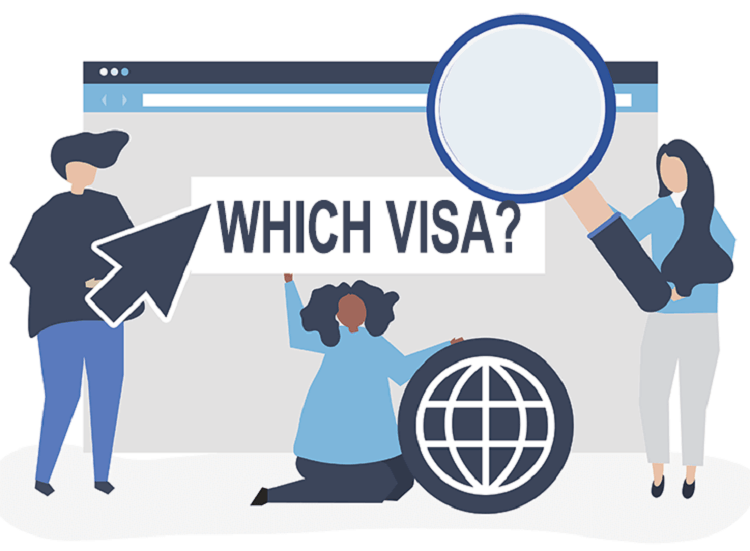
Photo: Collected
E-visa and Visa On Arrival are the two convenient methods for foreigners to get a Vietnam Visa without the need to visit Embassies/Consulates in person.
In case you are confused about which method to choose, this below table will provide you with an overview of the similarities and differences, as well as some advantages and disadvantages of each type of visa.
In terms of similarities,
In terms of differences,
|
Criterion |
E-visa |
Visa On Arrival |
|
Entry purpose |
All kinds of purposes |
Only for tourism and business visa |
|
Entry validity |
Up to 90 days for single or multiple entries |
- One or three months for a single entry - One or three months for multiple entries |
|
Fees |
Government fee (non-refundable) |
2 types: Process fee (visa agencies’ fee) and Government fee |
|
Official website |
This is government website to apply for E-visa: https://evisa.xuatnhapcanh.gov.vn/trang-chu-ttdt |
No government website to apply for Visa On Arrival. The visa on arrival service is provided by a private agency. |
|
Entry ports |
33 ports including airports, seaports and landports |
8 international airports |
|
Process |
You can present your printed E-visa or the registration code at the entry port |
Make sure to keep in hand your “Visa Approval Letter” to get accepted at the entry port |
|
Advantage |
For those wish for flexible trips or their desired entry port is seaports or landports |
For unavailability to visit Vietnam Embassies or want visas for many subjects at the same time. |
|
Disadvantage |
You are required to enter/exit through the specified entry and exit points in your eVisa. If there are any changes to these ports, a new eVisa must be obtained. Each application is valid for a single individual only |
There might be a waiting period of 30 minutes to 1 hour at the Vietnam airport for visa stamping. However, our Fast-track service offers a solution to expedite this process |